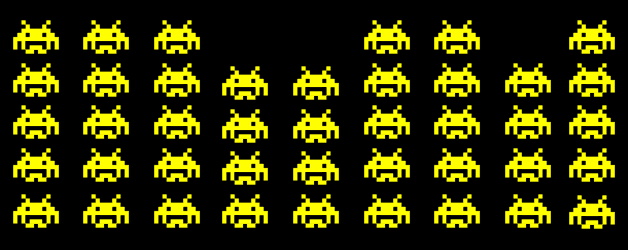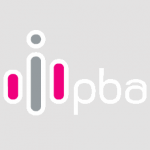
Online security. The past .. and the future.
January 23, 2013Over a 2 year period at the turn of the century (1999-2001), when the World Wide Web was still in its infancy, some of the most contagious malware was released.
January 1999: The Happy99 worm invisibly attached itself to emails, wished the user a Happy New Year and displayed fireworks to hide changes being made. It modified system files related to Outlook Express and Internet Explorer (IE) on Windows 95 and Windows 98.
March 1999: The Melissa worm was released. It targeted Microsoft Word and Outlook-based systems, infecting 15-20% of all business PCs on the planet, and created considerable global network traffic.
May 2000: The ILOVEYOU worm, (aka The Love Bug), infected millions of Windows computers within a few hours of its release. In a single day, it infected 10% of Internet connected computers, worldwide. The Love Bug caused $5.5 billion damage and is considered to be one of the most damaging worms ever.
February 2001: The Anna Kournikova virus overwhelmed e-mail servers by sending e-mail to contacts in the Microsoft Outlook addressbook. Its impact caused some users to replace desktop computers.
This 2 year period; which included the Millennium bug scare, aka “Y2K” for Year 2000, (in which systems were upgraded to ensure that system clocks would not reset to the common two digit 00, but recognise the 4 digit year 2000); was fertile with the growth of community security awareness, more cautious computer behaviour and the broad-scale adoption of anti-virus software.
November 2008: The Conficker worm infected +/- 10 million computers worldwide; including French, German and UK military networks; and is currently regarded as the most virulent of recent era infections.
Historical perspective is a valuable thing when it comes to recognising the potential for malicious threats.
Even though an outbreak on the scale of The Love Bug or the Melissa virus has not recurred, the potential has not diminished. In many ways it has increased, as malware is far more covert, polymorphic (an encrypted combination of trojan, mutating virus and bot), which is able to constantly modify itself to avoid detection or eradication.
All government, educational and corporate networks and individual computers (including handheld devices) are vulnerable.
Common sense dictates that you never open any attachment from anyone (including friends), unless first verifying that the attachment was requested or pre-notified. Never open .exe files unless downloading on demand from a reputable source. It also establishes trust if you do not send or post online any file which has the ability to carry a virus (e.g. Word / Excel). The PDF file format is even potentially vulnerable from infection or from embedded links to malware sites. Therefore, an anti-virus software configured to scan attachments before they are downloaded / opened is mandatory.
All users should implement the highest level of security, including no less than: individual high-security passwords (at least 8 units long, in a combination of at least one lower and upper case character and one numeral, and where accepted, special characters such as *#/%), a firewall, anti-spam and anti-virus software, and regular scans to detect unwanted cookies or malicious threats. Using a reputable software, these threats should be quarantined and eliminated.
At least one backup generic email address (Gmail, Hotmail, Yahoo, etc.) should be created, to enable communications in case your domain name becomes infected and email on that domain is blocked or unusable. This email can also be used to retrieve passwords for an email account on your corporate domain.
Recommended security vendors:
Symantec.com
McAfee.com
TrendMicro.com
Talk to Digital Tsunami about security for your web hosting.
From Our Clients


Andrew and his team have provided consistently good service and met both our needs and expectations. He certainly knows his stuff and delivers workable web solutions in a highly professional manner.


Central to the development process is Digital Tsunami’s thorough understanding of the project needs, clear and constant communication, and creative, innovative and meticulous approach to delivering solutions.


Since 2003, Digital Tsunami has collaborated with Personal Broadband Australia to deliver many online solutions, including the latest www.pba.com.au site.
Central to the development process is Digital Tsunami's thorough understanding of the project needs, clear and constant communication, and creative, innovative and meticulous approach to delivering solutions.
The results are clean, intuitive, refined and cohesive, with rapidly loading pages and extremely high usability.
The benefit to PBA of this long-term relationship has been the highly effective way in which Digital Tsunami has implemented and enhanced my vision on every project.


Andrew has a unique understanding of global business communication, combined with proven creativity in concept, design and production. He is extremely responsive to client’s requirements and has the ability to adapt and implement solutions extremely quickly in competitive markets.


Thanks very much for the speed & professionalism with which you continue to service our needs, despite the fact that this is provided pro bono !
Your ongoing generosity in donating the services of Digital Tsunami to Foodbank is appreciated more than you know. We, and the 30,000 people a day you help us feed, are indebted to you.